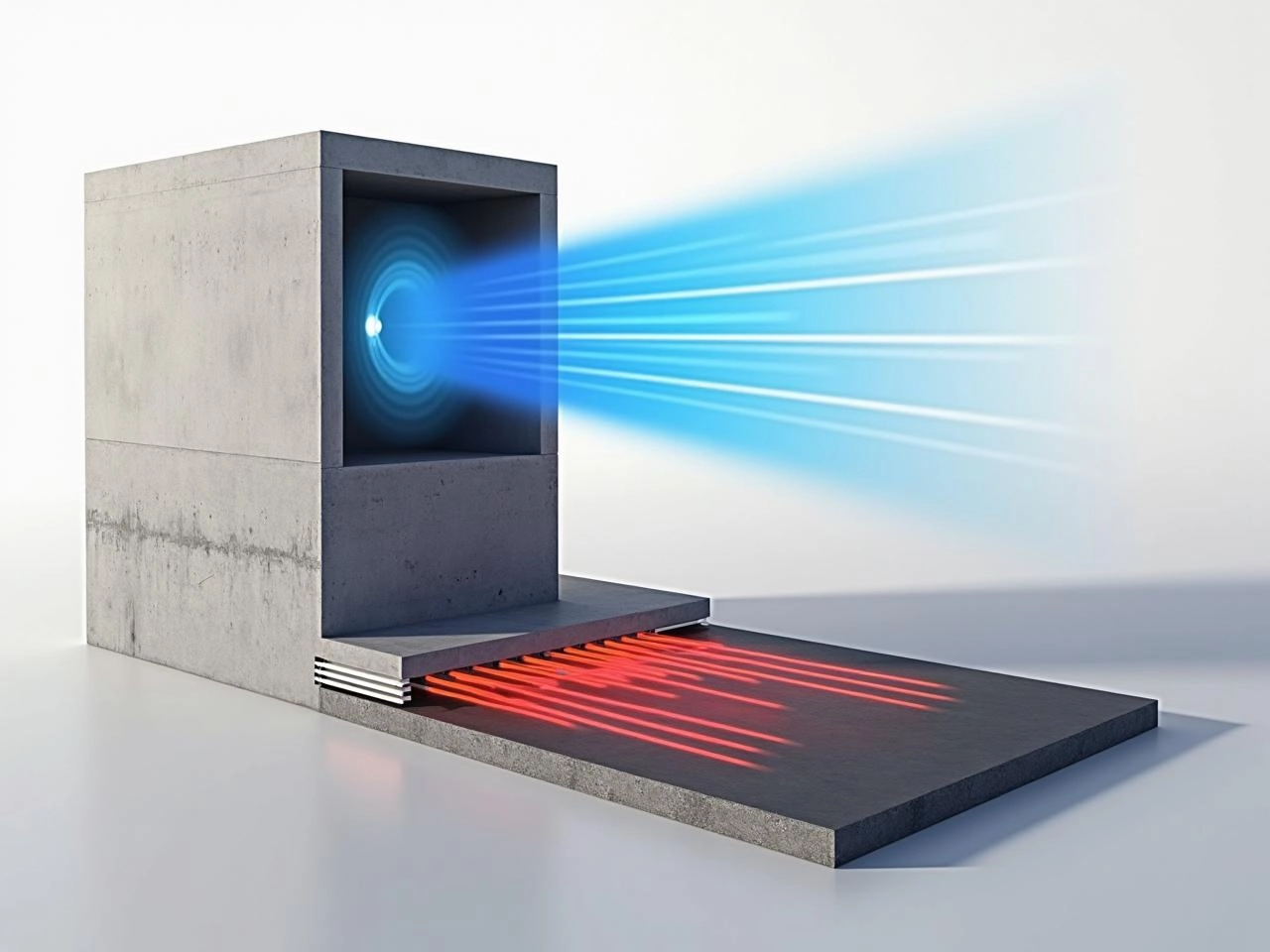Room acoustics fundamentally dictate the audible effectiveness of any isolation mat. The primary role of an isolation mat is to manage structure-borne vibrations—the energy traveling through your equipment stands and floors—but its perceived performance is often masked or amplified by air-borne reflections and room modes. Achieving optimal sound requires balancing both structure-borne decoupling and acoustic treatment .
The Crucial Distinction: Structure-Borne vs. Air-Borne Noise
Isolation mats are engineered to address structure-borne resonance. This mechanical energy originates within the components (transformer hum, driver movement) or from external sources (foot traffic, HVAC). Effective isolation, like that provided by microcell rigid foam, converts this kinetic energy into negligible heat, preventing resonance from reaching the listening plane.
Air-borne noise, conversely, is acoustic energy traveling through the air. This includes sound waves produced by your speakers that then reflect off walls, floors, and ceilings. These reflections create secondary vibrations that can re-excite components or interfere with the primary signal.
Room Modes and Boundary Interference
The most challenging acoustic factor is the presence of room modes—standing waves created when sound wavelengths align perfectly with room dimensions.
- Low-Frequency Masking (LFM): Room modes typically affect low frequencies (bass) and can produce massive peaks or nulls in the listening position.
- Performance Overload: Even if an isolation mat reduces a speaker’s cabinet resonance by 10 dB, a 20 dB room mode peak at the same frequency will completely dominate the perceived sound. The mat is working, but the room is overwhelming the result.
Optimizing the Isolation Environment
To maximize the audible benefit of isolation mats, apply these acoustic treatments:
- First Reflection Points: Apply absorption panels to the wall locations where sound reflects directly from the speakers to the listening position.
- Bass Trapping: Place dedicated bass traps in room corners to mitigate the severity of low-frequency room modes.
- Decoupling Strategy: Ensure your isolation solution (mat, footer, or foundation) is correctly sized to handle the component’s mass, allowing the material’s resonant frequency to be appropriately low for efficient decoupling.
Q&A on Isolation and Acoustics
Q: Can an isolation mat fix bad room acoustics? A: No. An isolation mat addresses mechanical vibration (structure-borne noise). It cannot absorb or mitigate acoustic reflections or room modes (air-borne noise). Both require separate, dedicated solutions.
Q: Why do my mats sound better when I add bass traps? A: When bass traps reduce severe low-frequency room modes, the sound becomes cleaner and less bloated. This allows the subtle improvements in clarity and detail provided by the isolation mats to become audibly apparent.
